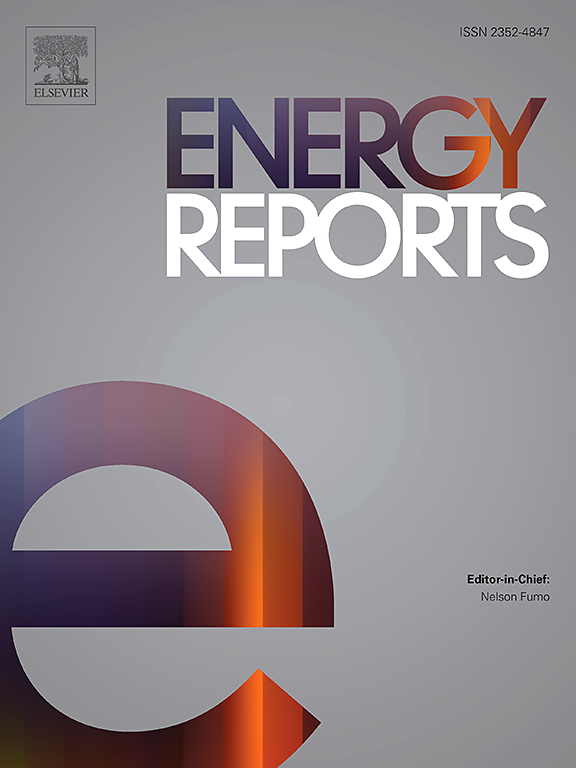Analysis of water-energy nexus considering the net zero-carbon transformation of power sector in Southern China
IF 4.7
3区 工程技术
Q2 ENERGY & FUELS
引用次数: 0
Abstract
In China, the carbon peak and neutrality targets proposed in 2020 will not only reduce carbon emissions, but also improve the sustainable development level of the whole society. As a major CO2 emitter and water-energy consumer in China, the long-term sustainable development of power sector has become an energy structure transition and water resource conservation issue considering China’s "30–60" CO2 goals. The development of renewable energy, such as hydropower, has been important to the long-term sustainable development of power industry. However, China's current water resources policy did not consider the water consumption by hydropower in waterways, and previous research has also neglected the drawback of hydropower in the perspective of water consumption, exaggerating the advantages of hydropower in sustainable development. Therefore, to achieve long-term sustainable development of power sector and improve the current water resources policy in China, this paper initially established a long-term multi-regional water-energy optimization model for power sector under "30–60" goals, considering the interaction of policies about renewable energy promotion, instream water conservation and CO2 emission reduction; and analysed the influence of current and enhanced water policies on power sector by taking the Southern China, which is rich in hydropower, as a case. Based on these results, this paper has provided an optimal schedule for the power sector in Southern China until 2060 from the perspectives of power generation, power trading, water consumption, and water-energy nexus. What’s more, compared with the enhanced water policy that considering the water consumption in rivers, the current water policy will neglect 92.62 hundred million m3 water every year in Southern China from 2021 to 2060. Therefore, this paper revealed that water consumed in rivers by hydropower should be considered in Southern China’s water policy to achieve the long-term sustainable development in the power sector.
考虑南方电力行业净零碳转型的水能关系分析
在中国,2020年提出的碳峰值和中和目标不仅可以减少碳排放,还可以提高整个社会的可持续发展水平。作为中国二氧化碳排放大户和水-能源消耗大户,电力行业的长期可持续发展已成为中国“30-60”二氧化碳减排目标下的能源结构转型和水资源保护问题。水电等可再生能源的发展对电力工业的长期可持续发展具有重要意义。然而,中国现行的水资源政策并没有考虑水电在水路中的耗水量,以往的研究也从耗水量的角度忽略了水电的弊端,夸大了水电在可持续发展中的优势。因此,为了实现电力行业的长期可持续发展,完善中国现行水资源政策,本文初步建立了“30-60”目标下电力行业长期多区域水能优化模型,考虑可再生能源推广、河流节水和CO2减排政策的相互作用;并以水电资源丰富的中国南方地区为例,分析了现行和加强的水政策对电力行业的影响。在此基础上,本文从发电、电力交易、用水和水能关系等方面提出了中国南方电力部门至2060年的最优调度方案。此外,与考虑河流用水量的强化水政策相比,目前的水政策将在2021 - 2060年间忽略南方每年9262亿m3的水。因此,为了实现电力部门的长期可持续发展,华南地区的水资源政策应考虑水电对河流的耗水量。
本文章由计算机程序翻译,如有差异,请以英文原文为准。
求助全文
约1分钟内获得全文
求助全文
来源期刊

Energy Reports
Energy-General Energy
CiteScore
8.20
自引率
13.50%
发文量
2608
审稿时长
38 days
期刊介绍:
Energy Reports is a new online multidisciplinary open access journal which focuses on publishing new research in the area of Energy with a rapid review and publication time. Energy Reports will be open to direct submissions and also to submissions from other Elsevier Energy journals, whose Editors have determined that Energy Reports would be a better fit.
 求助内容:
求助内容: 应助结果提醒方式:
应助结果提醒方式:


